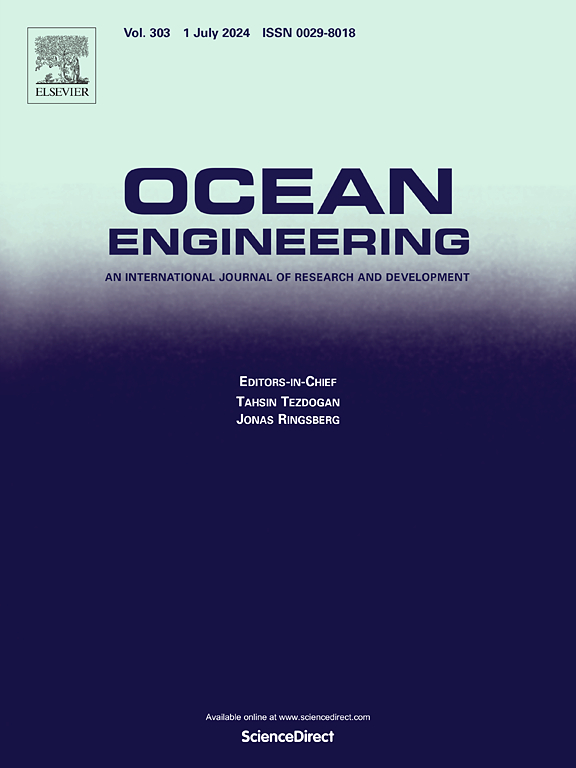带前缘小管翼型气动性能的CFD分析:参数化研究
IF 5.5
2区 工程技术
Q1 ENGINEERING, CIVIL
引用次数: 0
摘要
本文以NACA634-021型为原型,研究了仿生翼型的气动性能。在考虑雷诺数变化和不同基线翼型的情况下,对结核波长和振幅的影响进行了参数化分析。该研究采用稳定的reynolds -average Navier-Stokes (RANS)模拟,辅以延迟分离涡模拟(DDES)来进一步研究流动控制机制。结果表明,圆管幅值对气动性能有显著影响,当圆管长径比在0.3 ~ 0.4之间时,其气动性能最优。性能的提高主要源于波峰处附着流的存在和源于槽的涡的形成。这些涡流在大迎角时附着在前缘附近的吸力面,增强升力,同时减轻气动力的波动。本文章由计算机程序翻译,如有差异,请以英文原文为准。
CFD analysis of the aerodynamic performance of airfoils with leading-edge tubercles: A parametric investigation
This study investigates the aerodynamic performance of bionic airfoils with leading-edge tubercles based on the NACA634-021 airfoil. A parametric analysis is conducted to examine the effects of tubercle wavelength and amplitude, considering Reynolds number variations and different baseline airfoils. The study employs steady Reynolds-averaged Navier-Stokes (RANS) simulations, supplemented by delayed detached eddy simulation (DDES) to further investigate flow control mechanisms. The results indicate that tubercle amplitude significantly influences aerodynamic performance, with optimal performance observed when the tubercle aspect ratio ranges between 0.3 and 0.4. The performance improvements primarily stem from the presence of attached flow at the wave crests and the formation of vortices originating from the troughs. These vortices adhere to the suction surface near the leading edge at high angles of attack, enhancing lift while mitigating fluctuations in aerodynamic forces.
求助全文
通过发布文献求助,成功后即可免费获取论文全文。
去求助
来源期刊

Ocean Engineering
工程技术-工程:大洋
CiteScore
7.30
自引率
34.00%
发文量
2379
审稿时长
8.1 months
期刊介绍:
Ocean Engineering provides a medium for the publication of original research and development work in the field of ocean engineering. Ocean Engineering seeks papers in the following topics.
 求助内容:
求助内容: 应助结果提醒方式:
应助结果提醒方式:


